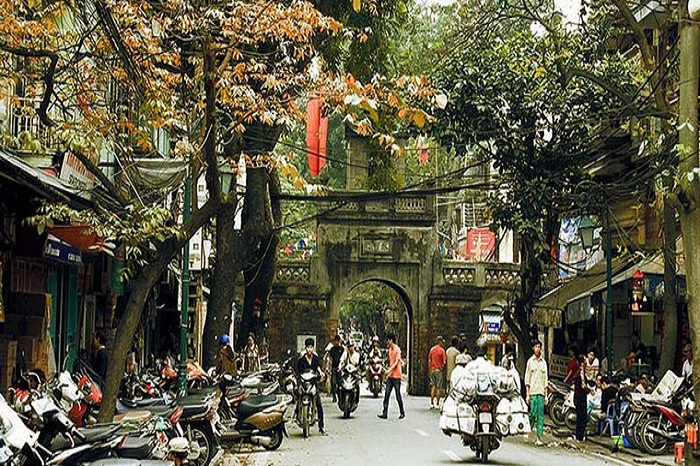
Hanoi's 36 corporations district
- on Aug 9, 2020 By: Ngoc Nguyen
Hanoi is one of the most captivating capitals in South East Asia and surely that is for its bustling 36 corporation’s district. The authentic heart of the Vietnamese capital, this centuries-old district is Hanoi's liveliest and most captivating with its inimitable atmosphere, bustle, numerous shops, bars and restaurants and famous street food. Absolutely a must-see in the Vietnamese capital to discover!
History of the 36 corporation’s district
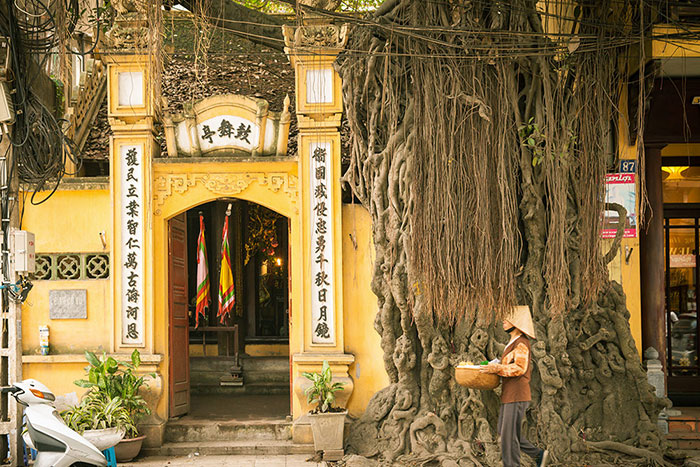
The district of 36 streets and corporations of Hanoi located North of Hoan Kiem Lake, between the Red River and the Citadel, is the oldest shopping district in the Vietnamese capital. This ancient district consists of 76 streets, of which around 47 have retained their old name which begins with the word "Hang", meaning "commodity". Developing from the 15th century, this very dense urban centre is made up of streets that used to specialise in one type of occupation. Each street was devoted to the sale of goods from the craft villages around Hanoi. These goods were transported from their manufacturing villages on the river which, before the construction of the dike, was on the edge of the old quarter. This is how we found Basket Street (Hang Bo), Cotton Street (Hang Bong), Sails Street (Hang Buom) or Silk Street (Hang Dao). These corporations came together like real little hamlets and built temples (Den in Vietnamese) to worship the founding ancestor of their profession. More than thirty of these temples are still scattered throughout the old district of the 36 corporations of Hanoi, like the temple dedicated to the cult of the founding ancestor of goldsmithing located at 42 Hang Bac.
The district of 36 corporations today
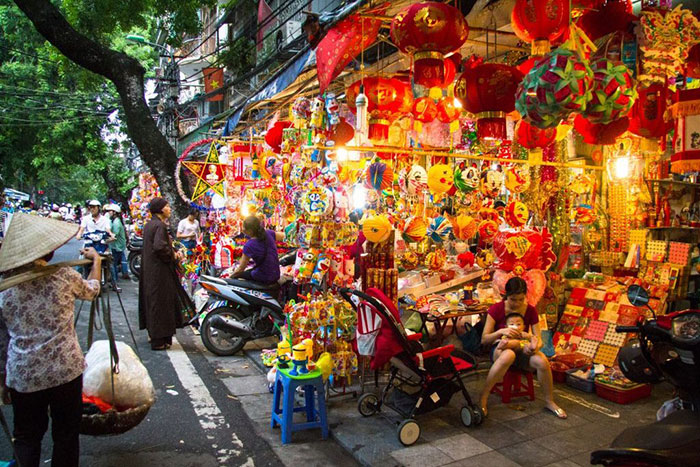
Even today, the Old Quarter of 36 Corporations is Hanoi's liveliest and most captivating area. Since the 15th century, the district has kept its commercial vocation. If only a few streets Hang Bac (street of silver), Hang Thiec (street of tin) or Hang Ma (street of votive papers) have been able to retain their traditional activities since the 15th century, all the other streets are still consecrated for sale and have adapted to the changes imposed by modernity.
The hustle and bustle of Hanoi's Old Quarter is popular with both Hanoians and travellers passing through Vietnam's capital. We particularly appreciate its animation, its many shops where you can shop, its many bars and restaurants and especially its incredible street food. Hanoi's Old Quarter is the best place in the capital to sample Hanoi's legendary street food. Many of the sidewalks in Hanoi Old Quarter are devoted to street food wherewith simplicity and friendliness you can taste some of Hanoi's many culinary specialities. On Friday, Saturday and Sunday evenings, several streets in the old quarter are pedestrianised. Musical entertainment, folklore shows and a night market brighten up the streets of the old quarter to the delight of onlookers.
The streets of Hanoi's Old Quarter are particularly lively when Tet, the Vietnamese Lunar New Year approaches. Vietnamese families come in large numbers to do the shopping devoted to the preparation of this traditional festival. Hang Ma Street, the street of votive papers, is certainly the busiest of all. All dressed in red, it is overwhelmed by incense sticks, votive objects, decorative elements for the worship of ancestors and deities. Hanoians like to come with their family to stroll through the old quarter to inhale the pre-Tet atmosphere. The old quarter is also particularly lively during the Mid-Autumn Festival, the second largest traditional festival in Vietnam which is devoted to children.
The tube houses of the old quarter of Hanoi
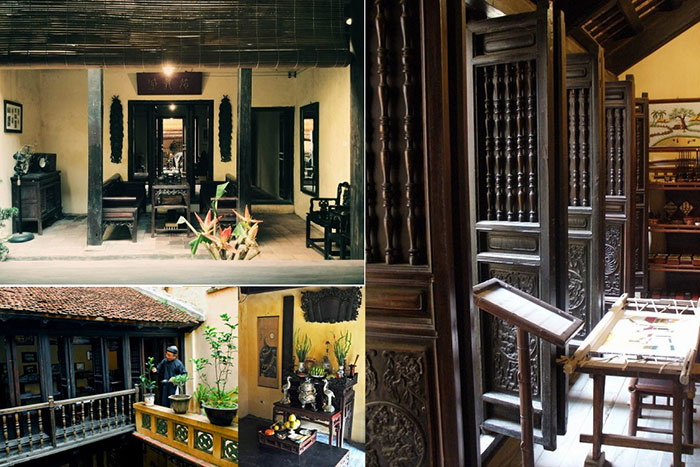
As you stroll through the streets and alleys of Hanoi Old Quarter, look up and pay attention to the houses. An old urban centre particularly well preserved like the historic centre of Hoi An, the old quarter of Hanoi has many tube houses. It’s a typically Vietnamese architectural concept dating from the 19th century. An atypical habitat three to six metres wide with barely one or two windows which stands out for their great depth, hence the name "tube house". This singular custom of "tube houses", typical of the old quarter of Hanoi, began as a tax saving measure because it should be noted that the properties of the Nguyen dynasty of the 19th century were only imposed by the facade of the street. The smaller it was, the lower the tax, while there was no tax constraint for the depth of the house. That was a trick to avoid the tax while still allowing you to have plenty of space. During your visit to the old quarter of Hanoi, do not miss to discover the "tube" house, over one hundred years old, is located at 87 Ma May Street. It’s a magnificent example of the traditional urban architecture of the Vietnamese capital in the 19th century.
Related articles:
>> Vietnam tour 2023-2024: Where to go? Which itinerary? What to do? How many days?
>> Where to taste the best egg coffee in Hanoi?
 Español
Español Français
Français







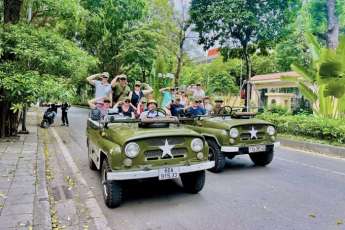
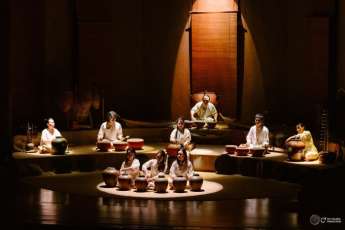

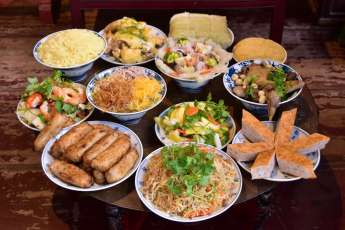

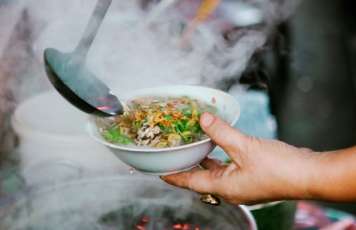







HerbertPhomaMS
on Oct 19, 2025Lilyan Cuttler
on Oct 15, 2025Avenue17XC
on Sep 14, 2025Avenue18JL
on Jul 21, 2025Judi Haigh-Smith
on Jun 29, 2025